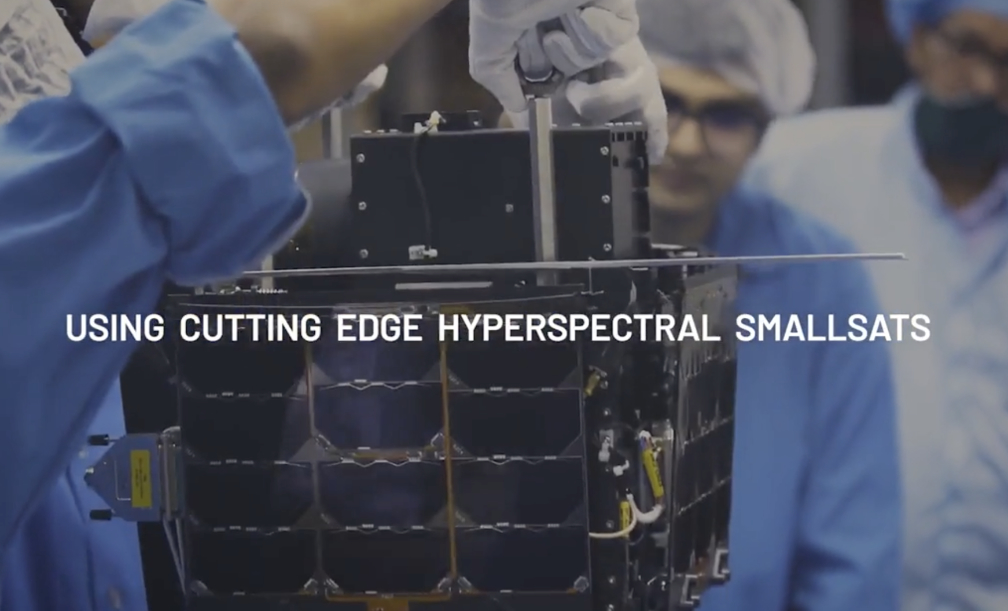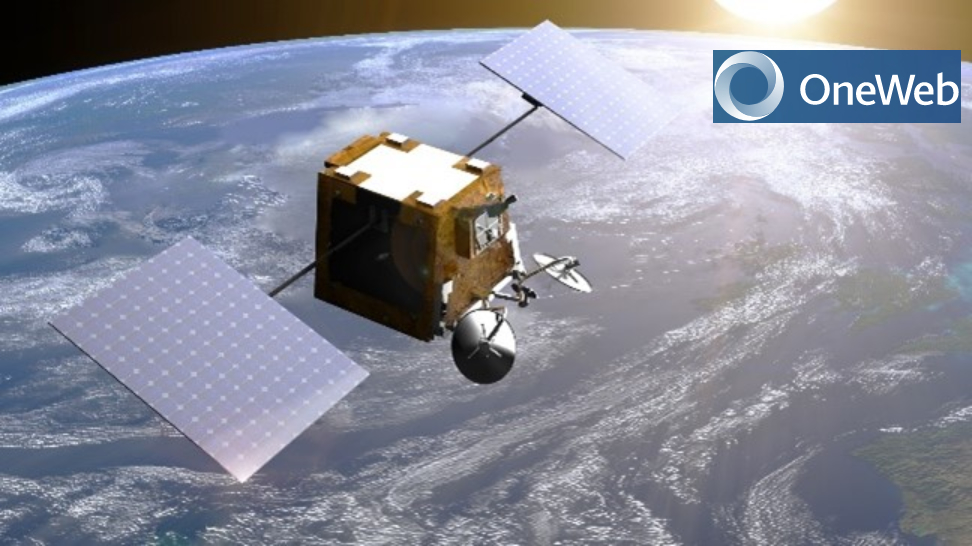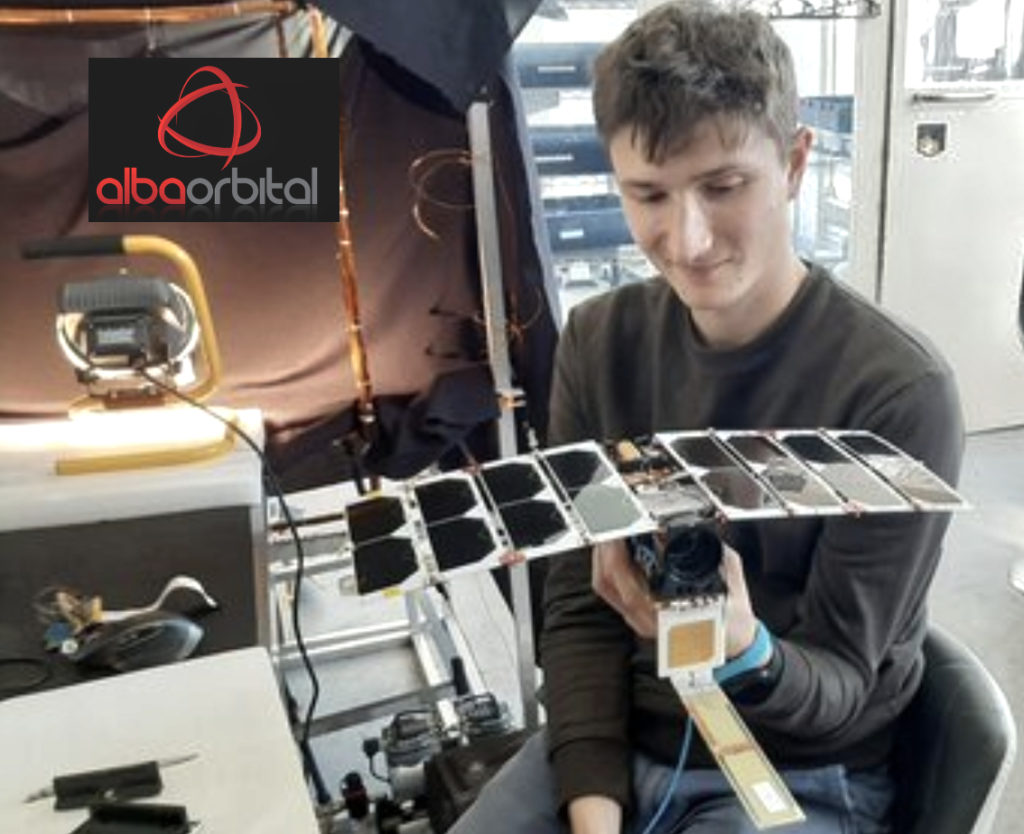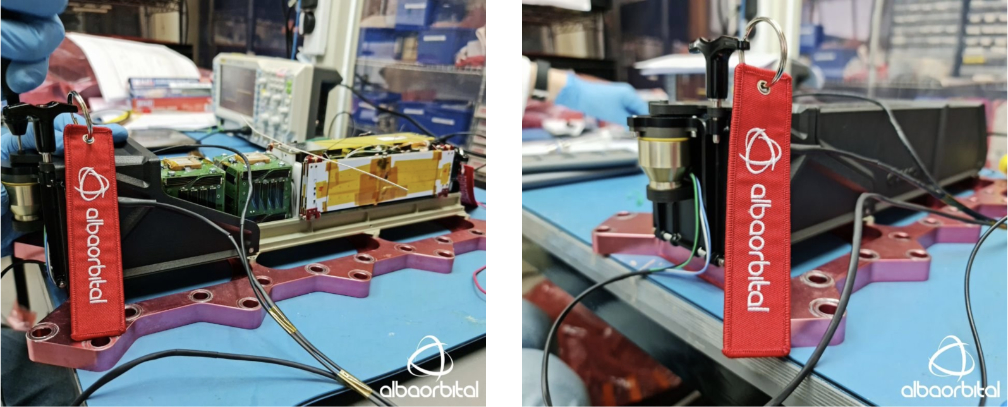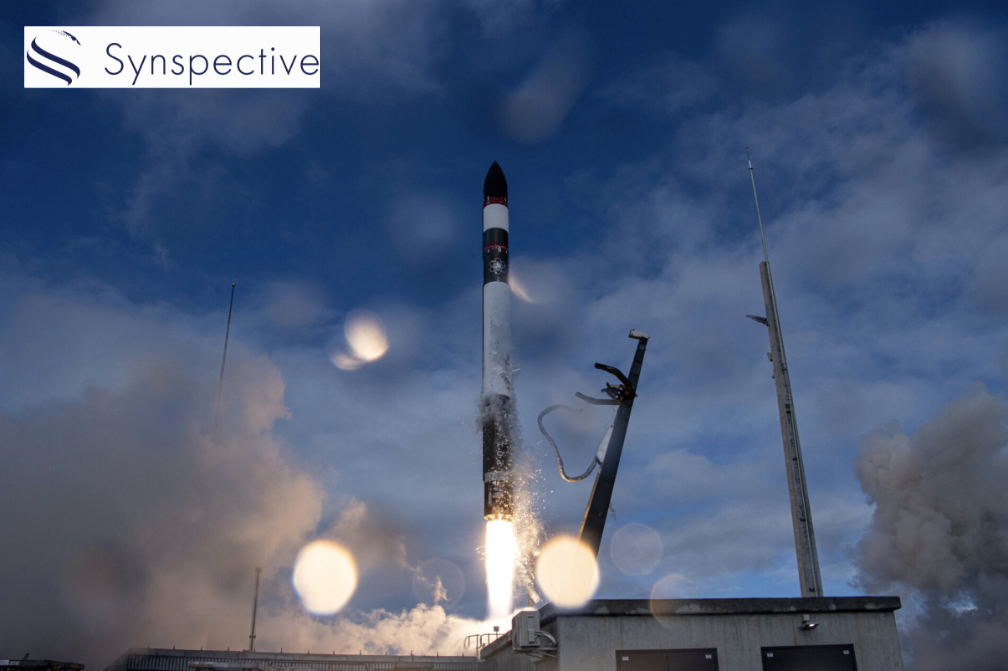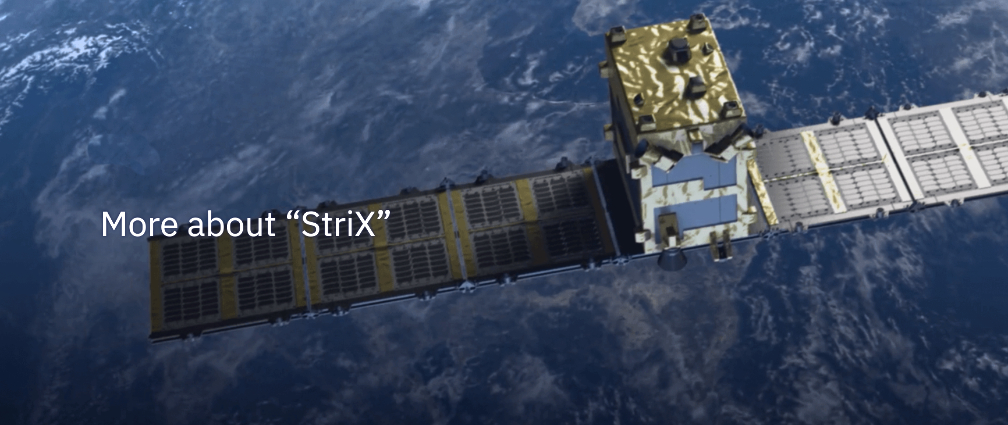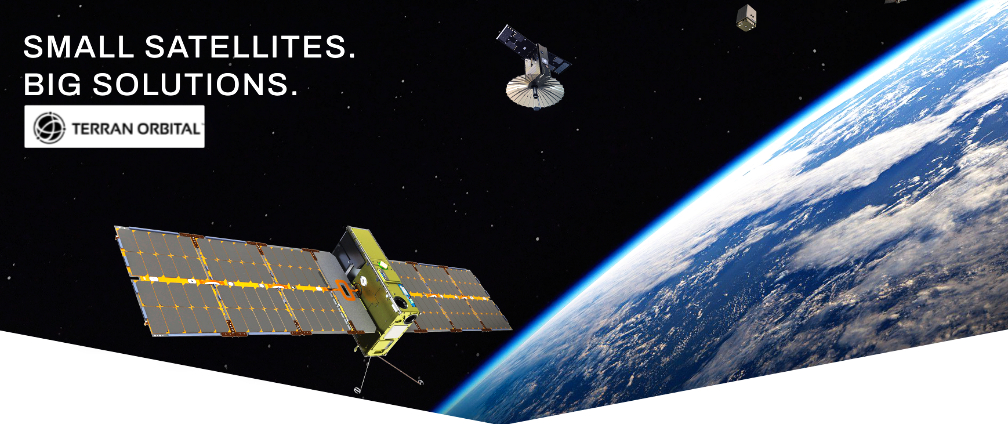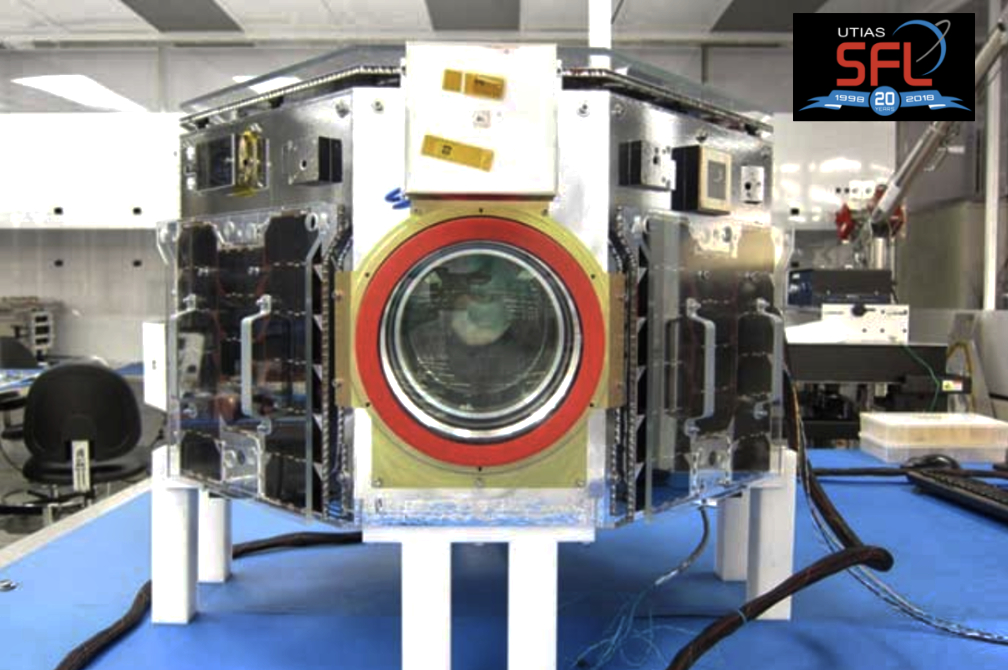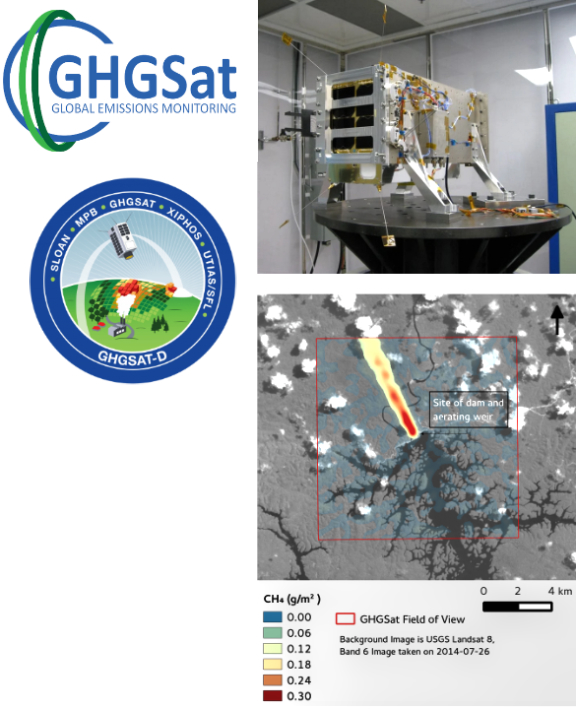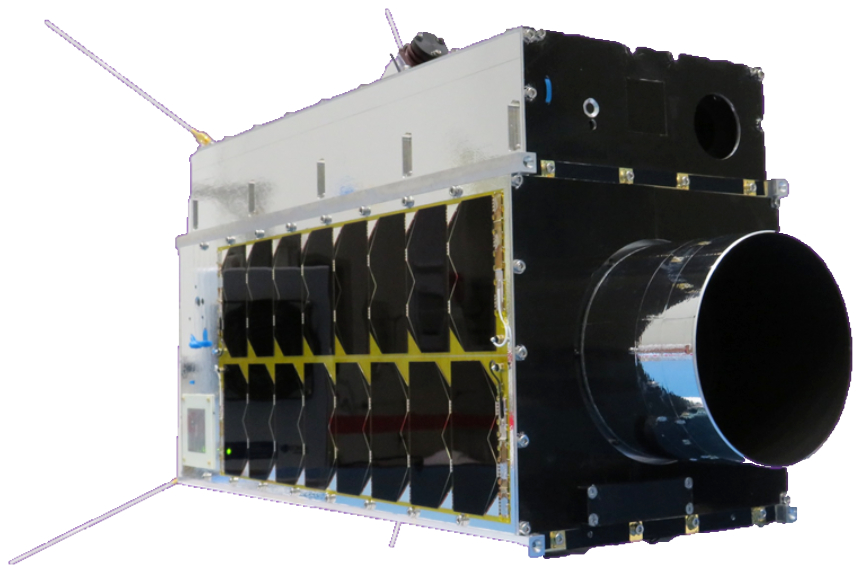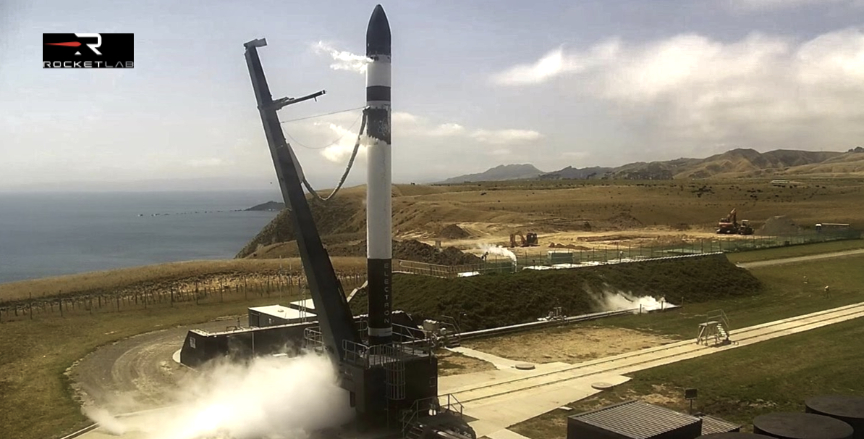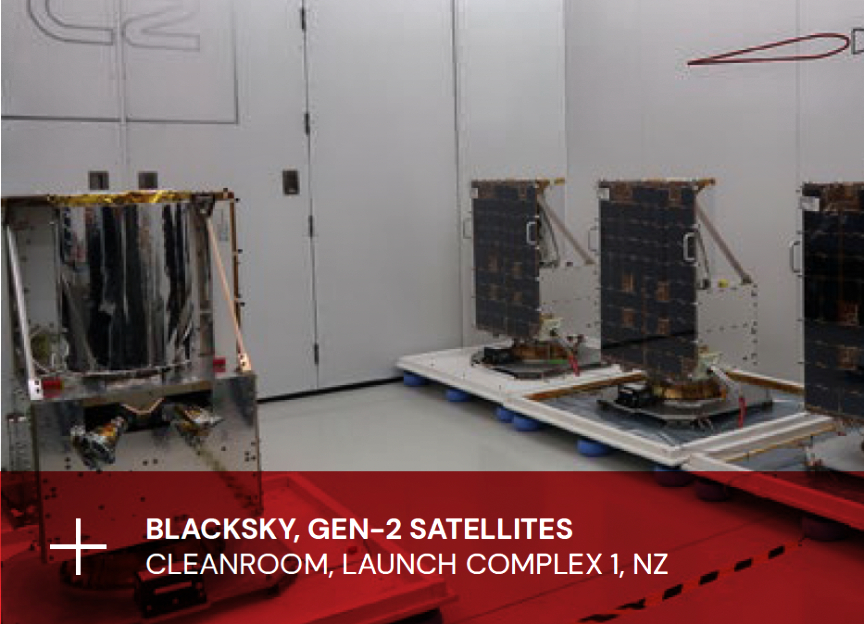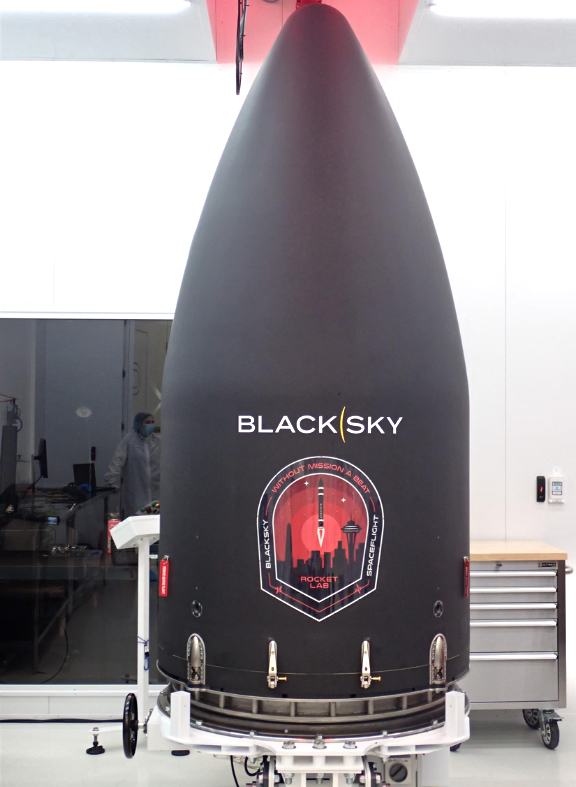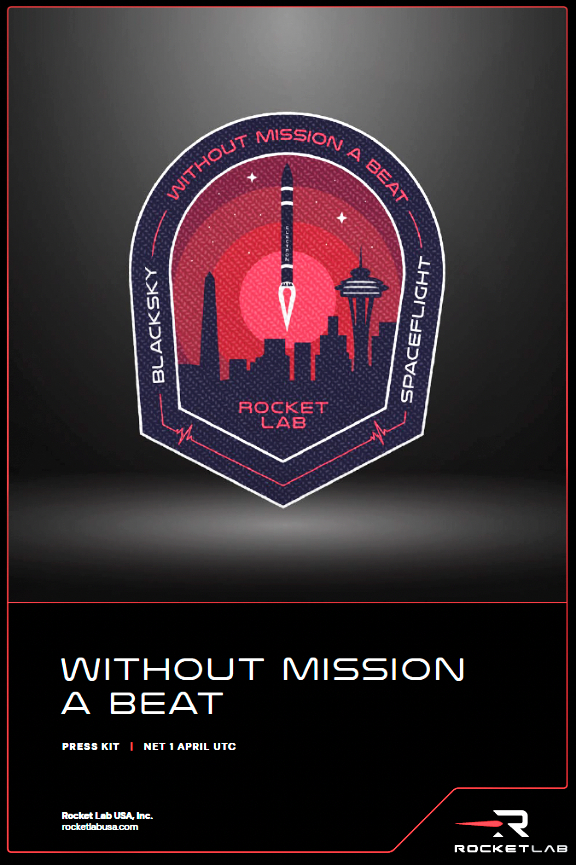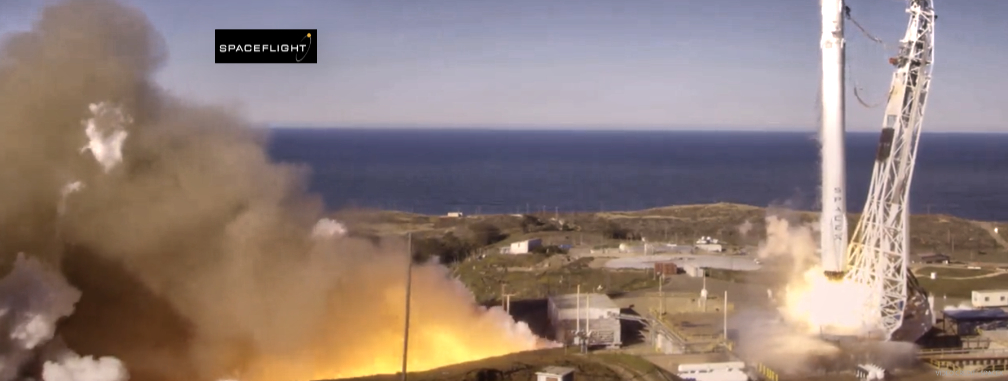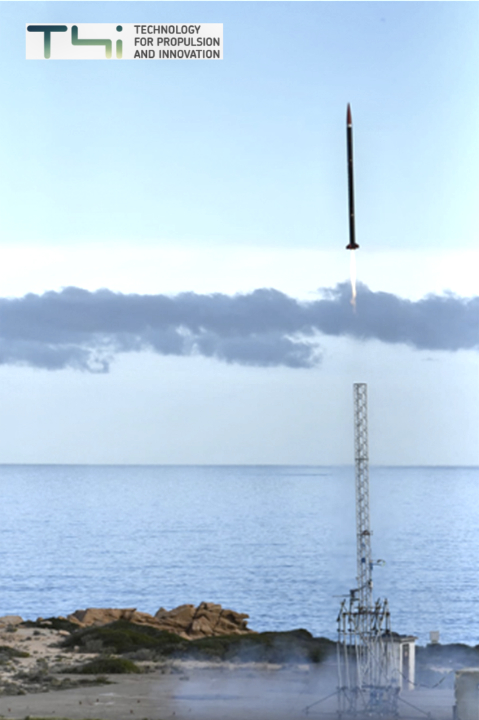
Earlier this year, the first flight test of an innovative sounding rocket for access-to-space applications for smallsats was successfully performed.

The sounding rocket was launched from the Poligono Interforze of Salto di Quirra (PISQ) in Sardinia, Italy, within the project Aviolancio, coordinated by the Consiglio Nazionale delle Ricerche (CNR) and the Italian Airforce (AMI). The hybrid propulsion was developed from Technology for Propulsion and Innovation (T4i) in collaboration with the University of Padua, showcasing the excellence that can be achieved when institutions, academia and industry put their strengths together for a shared goal.

The aim of the project is to drastically improve the access to space for smallsat platforms through the development of a small launcher that could be released from an aircraft, resulting in frequent and affordable flight opportunities for New Space stakeholders. The core of the project is the innovative hybrid propulsion system. The technology derives from more than 15 years of research at University of Padua. The specific system has been under development since 2014 within an international cooperation program led by T4i.
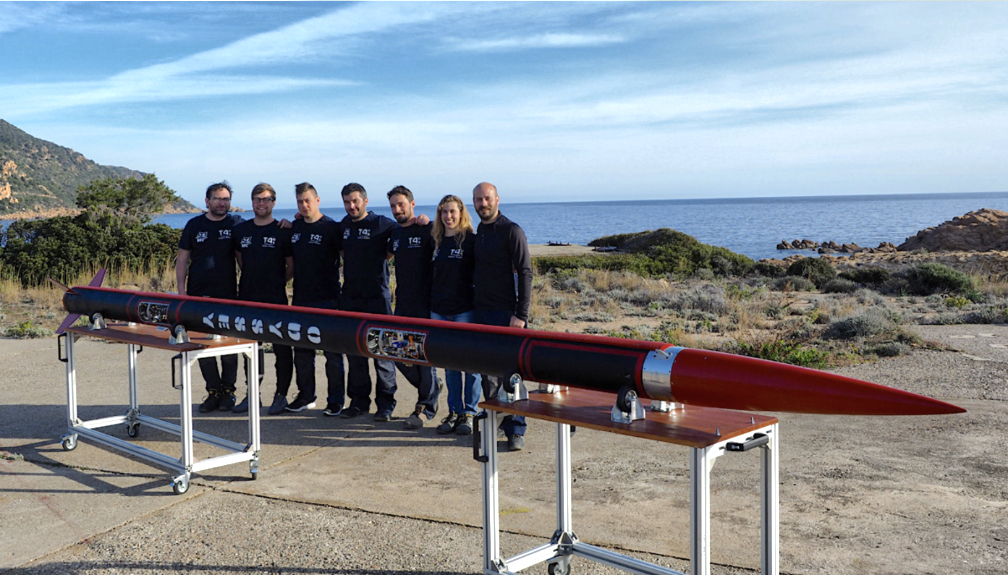
This hybrid propulsion system is re-ignitable, flexible, and sustainable as it is fed with green propellants. Furthermore, the cost and safety features of this technology allow it to iterate quickly and economically during the development phase, to implement the newest production technologies, to ease the procedures and the safety constraints during the operations at launch site, and finally in the perspective of future micro-launcher to drastically reduce costs of accessing space.
The first test conducted in February was extremely successful and the measured performances exceeded the expected ones. The parabolic flight was only the first fundamental step of the project.
Link to the video of the launch: bit.ly/3iLkw6k
Technology for Propulsion and Innovation (T4i) was born in 2014 as a Spin-Off of the University of Padua. T4i’s aim is to revolutionize the in-space and access to space transportation, developing innovative engines able to open unexplored forms of mobility to small satellite platforms and unlimited windows to access space. T4i develops both customized propulsion solutions based on customer’s requirements and complete space products up to TRL9, focusing on electrical, chemical, and cold gas propulsion systems to cover different in-space applications (e.g., proximity maneuvers, orbit raising, decommissioning, station keeping, and relative satellite position maintenance) and chemical propulsion systems for launchers applications. T4i’s first product, REGULUS-50-I2, was launched in space for its IOD mission on March 22, 2021.


